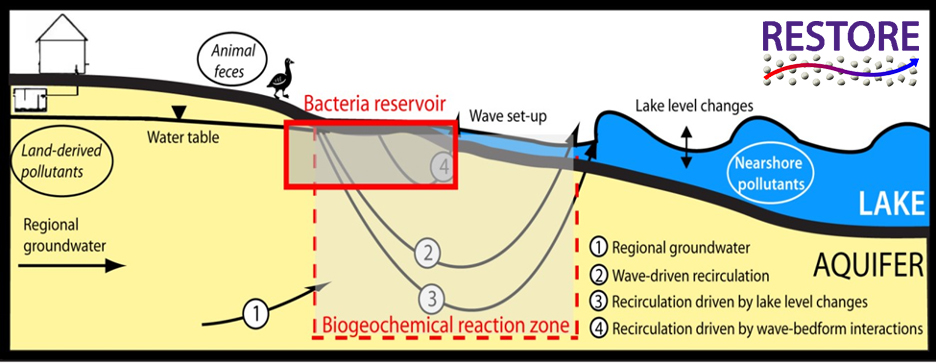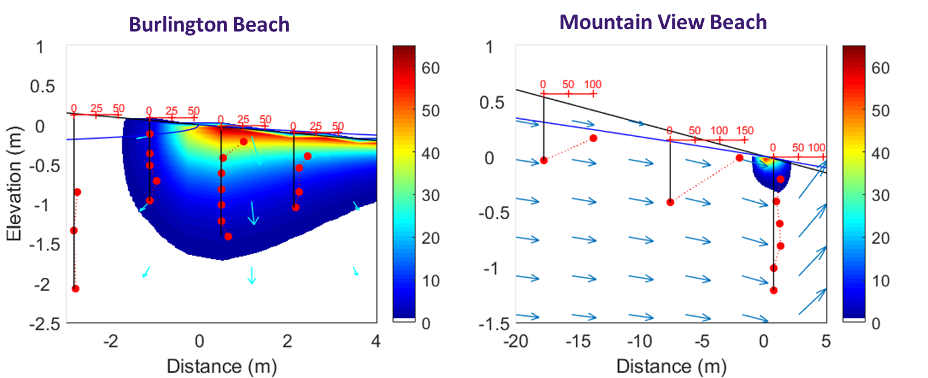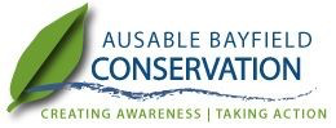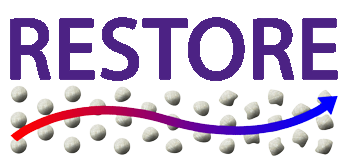Impact of Groundwater on Great Lakes Beach Water Quality
The Problem
The beaches of the Great Lakes are an important recreational outlet, yet because of poor water quality many are often inaccessible due to beach advisories. Existing management approaches have been insufficient in improving the beach water quality as the contribution of all pollution sources, including the potentially important role of groundwater is poorly understood. Understanding the impact of groundwater on beach water quality requires knowledge of not only groundwater pollution sources such as septic systems and leaky sewers but also understanding of the fundamental processes (hydrological, biogeochemical, and microbial) that affect the movement of groundwater pollutants and their release to the lake. In addition, microbial contaminants (e.g., E. coli) accumulate in beach sand at the shoreline. It is not known if beach sand acts as an important source of microbial contamination of lake water and under what conditions microbial contaminants will be transported from the sand to lake waters and cause a beach water quality advisory to be issued.

Lake water recirculating through beach sand sets up a reaction zone that controls fate of nutrients discharging from the groundwater to the lake. A reservoir of bacteria often exists in the sand and groundwater near the shoreline.
Project Objectives
- Identify factors that contribute to elevated coli concentrations in the sand at beaches and the mechanisms that transport E. coli from the beach sand and into the lake.
- Identify nutrient sources and the factors controlling nutrient discharge to the lake from groundwater.
Research Methods
Field Work
Field work was conducted at beaches across the Great Lakes to determine (i) the distribution and fate of nutrients in beach sediment, groundwater and nutrient inputs to the lake, and (ii) variability in E. coli occurrence and microbial source tracking markers.
Numerical Modeling
Field data was combined with advanced numerical computer models to better understand the role of groundwater in nutrient and fecal pollution at beaches of the Great Lakes.

Model simulated E. coli concentrations (CFU/100 mL) and groundwater flows in two beaches
Project Output
Journal Papers
Malott, S., D.M. O’Carroll, C. Robinson, 2017. Influence of phase-averaged and phase-resolved wave effects on the fate of contaminants in a beach aquifer, Water Resources Research, 53, doi:10.1002/2017WR020948.
Ji, T., Peterson, R., Befus, K., L. Peterson, C. Robinson. 2017. Characterization of groundwater discharge to Nottawasaga Bay, Lake Huron with hydraulic and 222Rn measurements, Journal of Great Lakes Research, 43, 920-929, doi: 10.1016/j.jglr.2017.07.003.
Vogel, L., D.M. O’Carroll, T. Edge, H. Solo-Gabrielle, C. Kushnir, C. Robinson, 2017. Evaluation of methods to sample fecal indicator bacteria in foreshore sand and pore water at freshwater beaches, Water Research, 121, 204-212, doi: 10.1016/j.watres.2017.05.021.
Wu, M., D.M. O’Carroll, L. Vogel, C. Robinson, 2017. Effect of low energy waves on accumulation and transport of fecal indicator bacteria in sand and pore water at freshwater beaches, Environmental Science & Technology, 51(5), 2786–2794, doi: 1021/acs.est.6b05985.
Malott, S., D.M. O’Carroll, C. Robinson, 2016. Dynamic groundwater flows and geochemistry in a sandy nearshore aquifer over a wave event, Water Resources Research, 52, doi:10.1002/2015WR017537.
Vogel, L., D.M. O’Carroll, T. Edge, C. Robinson, 2016. Release of Escherichia coli from foreshore sand and pore water during intensified wave conditions at a recreational beach, Environmental Science and Technology, 50(11), 5676–5684, doi: 10.1021/acs.est.6b00707.
Staley, Z., C. Robinson, T. Edge, 2016. Comparison of the occurrence and survival of fecal indicator bacteria in recreational sand between urban beach, playground and sandbox settings, Science of the Total Environment, 541, 520-527, doi:10.1016/j.scitotenv.2015.09.088.
Staley, Z., L. Vogel, C. Robinson, T. Edge, 2015. Differential occurrence of E. coli and human Bacteroidales at two Great Lakes beaches, Journal of Great Lakes Research, 41(2), 530–535, doi:10.1016/j.jglr.2015.03.006.
Theses
Malott, S., 2015, Influence of waves on groundwater flows and geochemistry in a sandy nearshore aquifer: A combined field and modeling study, Civil and Environmental Engineering, University of Western Ontario, Available at: https://ir.lib.uwo.ca/etd/3301/.
Ji, T., 2016, Identification of groundwater discharge along the shoreline of large inland lakes in Southern Ontario, Civil and Environmental Engineering, University of Western Ontario, Available at: https://ir.lib.uwo.ca/cgi/viewcontent.cgi?article=8093&context=etd.
Vogel, L., 2017. Enumeration, variability and transport of Escherichia coli in the foreshore reservoir and surface water at freshwater beaches, PhD Thesis, Civil and Environmental Engineering, University of Western Ontario, Available at: https://ir.lib.uwo.ca/etd/4968/.
Rakhimbekova, S., 2019. Role of gorundwater-lake interactionson the behaviour of chemicals in a nearshore aquifer, PhD Thesis, Civil and Environmental Engineering, University of Western Ontario.
Project Team
Project Leaders:
Denis O’Carroll (University of New South Wales)
Tom Edge (Environment Climate Change Canada)
Philippe Van Cappellen (University of Waterloo)
Project Members:
Sabina Rakhimbekova, PhD (graduated December 2019)
Fereidoun Rezanezhad, Research Professor, University of Waterloo
Laura Vogel, PhD (graduated October 2017)
Spencer Malott, MESc (graduated October 2015)
Tao Ji, MESc (graduated July 2016)
Ming Wu, Post Doctoral Associate
Zachery Staley, Post Doctoral Associate
Supporting Organizations:







